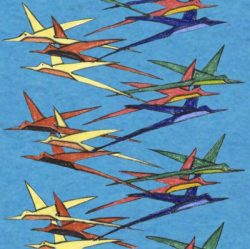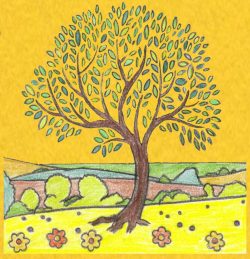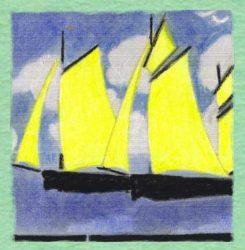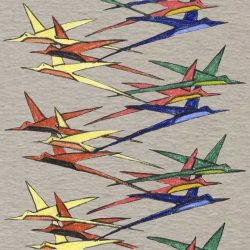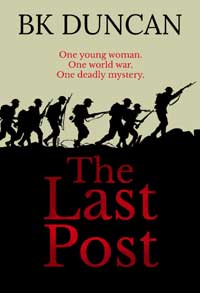
Here is a peek into how I went about gathering background and checking historical accuracy for The Last Post*, the prequel novella to the May Keaps series.
Wherever possible, I immerse myself in the words of the people who had firsthand experience of what I’m attempting to weave into a story. They knew what it felt like from the inside and their personal thoughts, feelings and impressions are invaluable when creating the world as seen through the eyes of my characters. Great War memoirs and diaries gave me some sense of the language of the time – slang, jargon, common expressions – which I could use to cloak my writing with an extra layer of authenticity.
Speaking of language, and emotion, I found reading Great War poetry helped my research into life at The Front enormously.
I also found these to be useful websites:
Having previously written a novel partially set in the Flanders trenches and a RFC aerodrome in southern England, I have hundreds of books covering the First World War on my shelves. If you write about subjects or settings you already know a little about then many of the sources for further research will be laid out for you. At least the direction of where to start looking will be because you will be acutely aware of how much more there is to learn. For The Last Post, field hospitals and ambulances stations at The Front were topics I hadn’t covered before so I immediately added these books to my library:
The Roses of No Man’s Land by Lyn Macdonald
Chronicle of Youth: Vera Brittain’s War Diaries
The Virago Book of Women and the Great War
Women in the First World War by Neil R Storey
The Forbidden Zone: A Nurse’s Impressions of the First World War by Mary Borden
* The Last Post was previously published as Faith’s Reward







